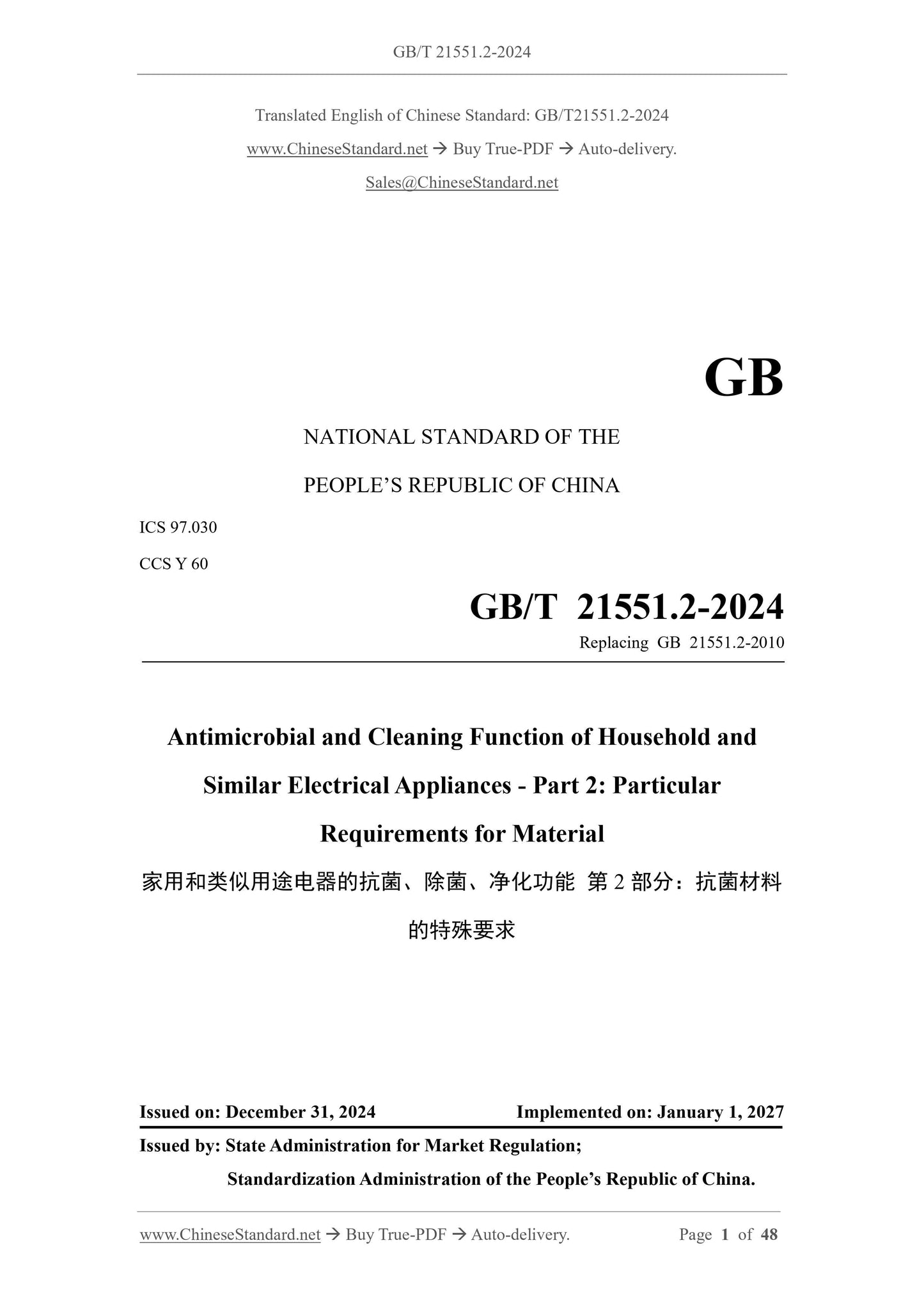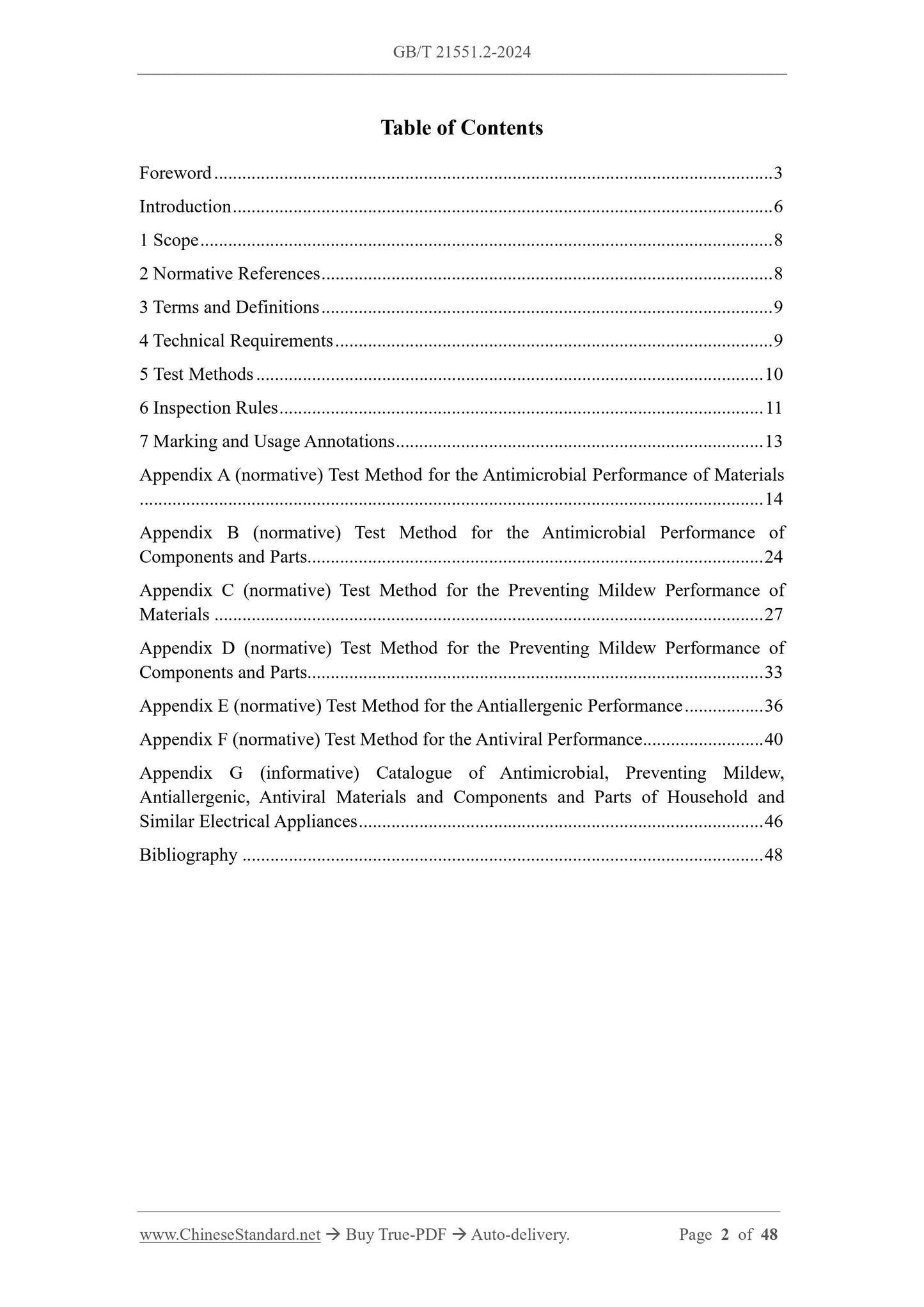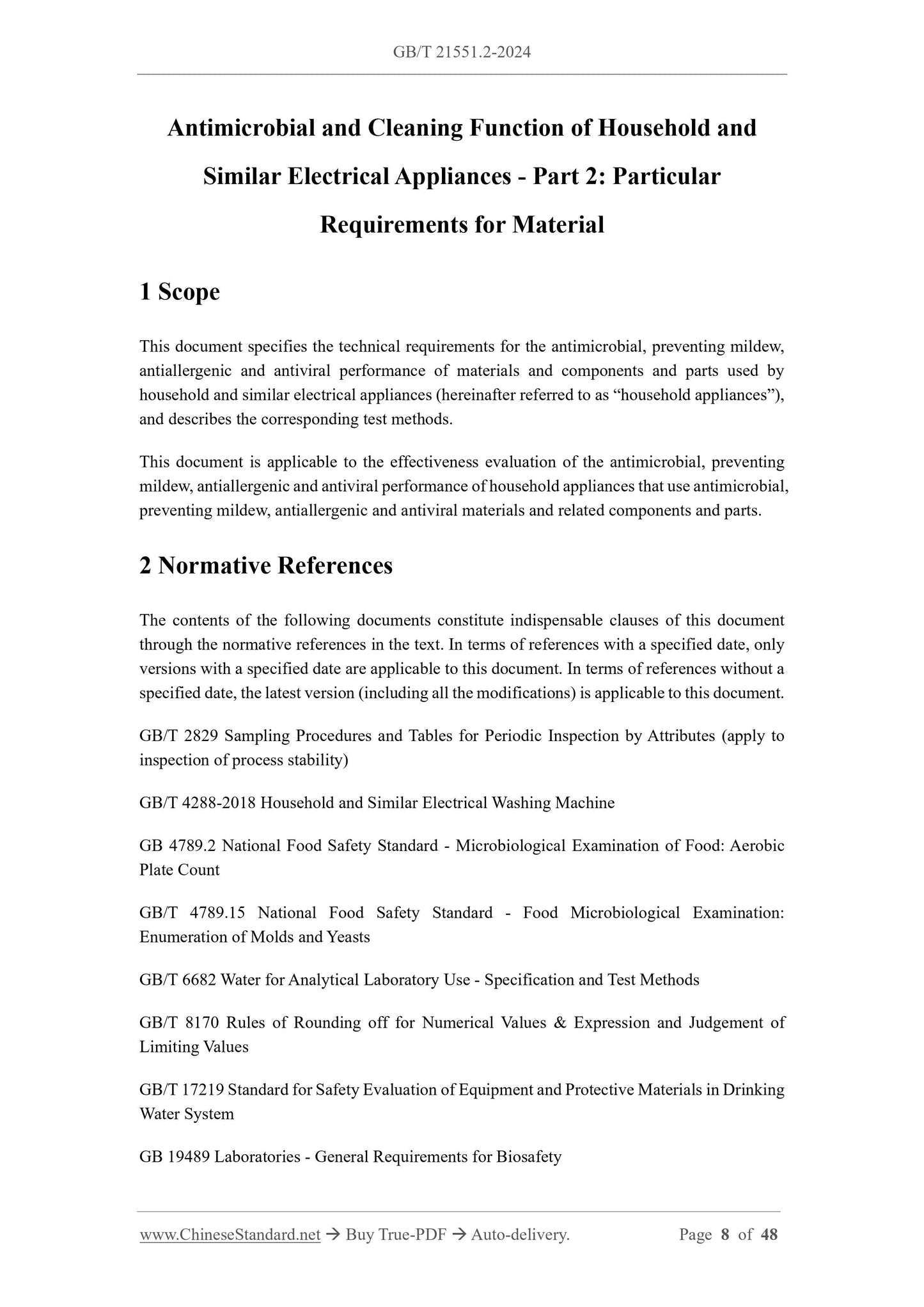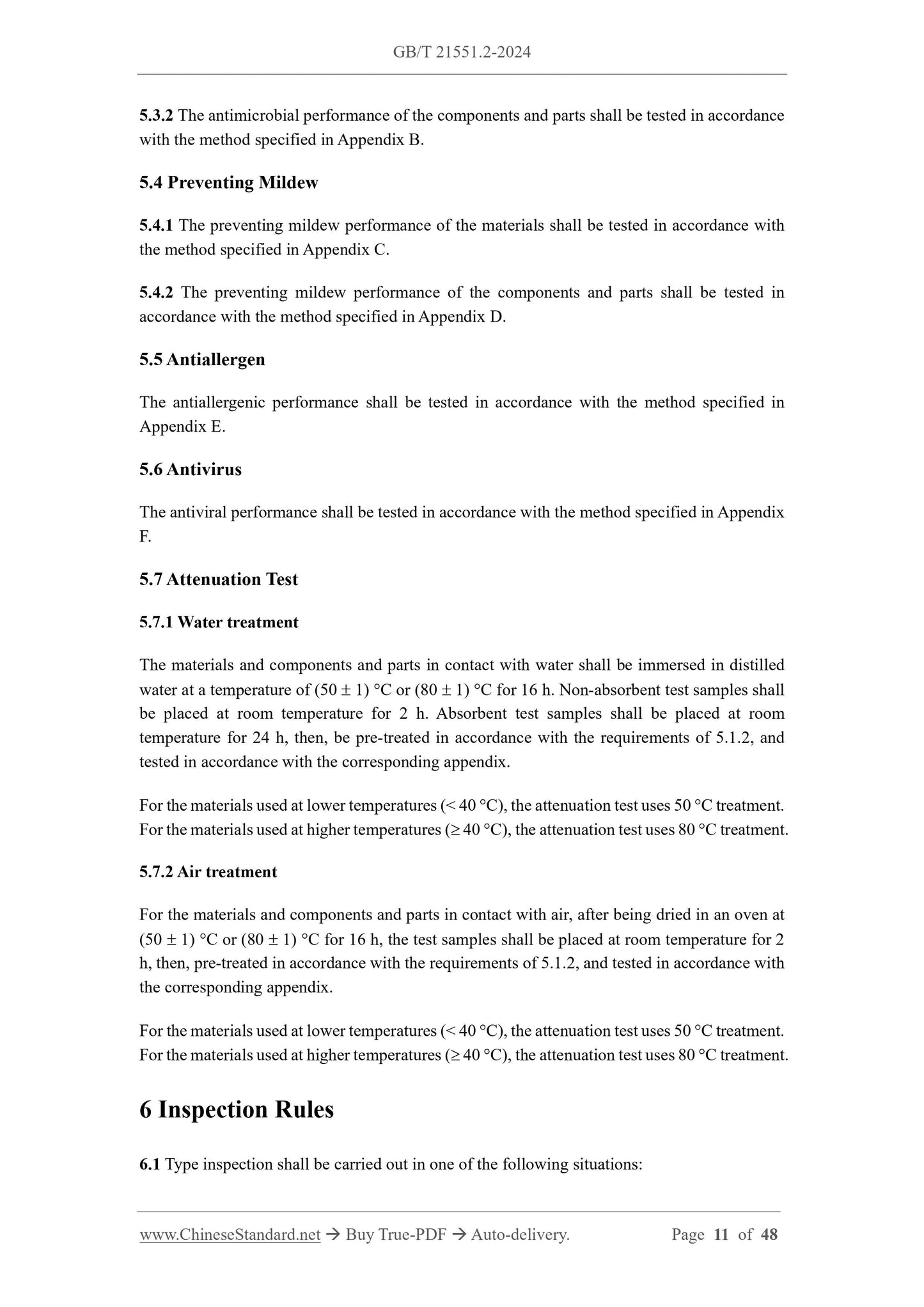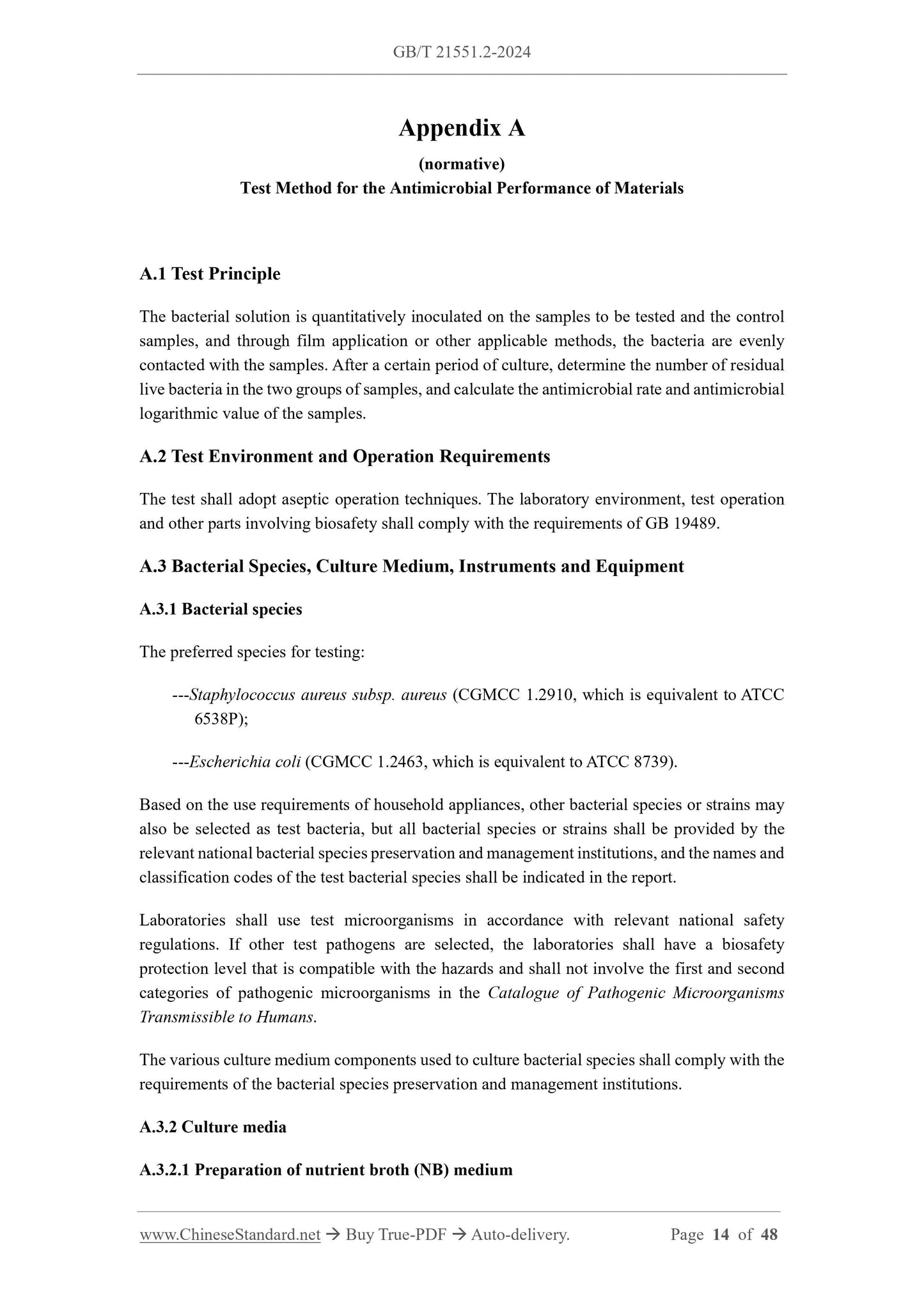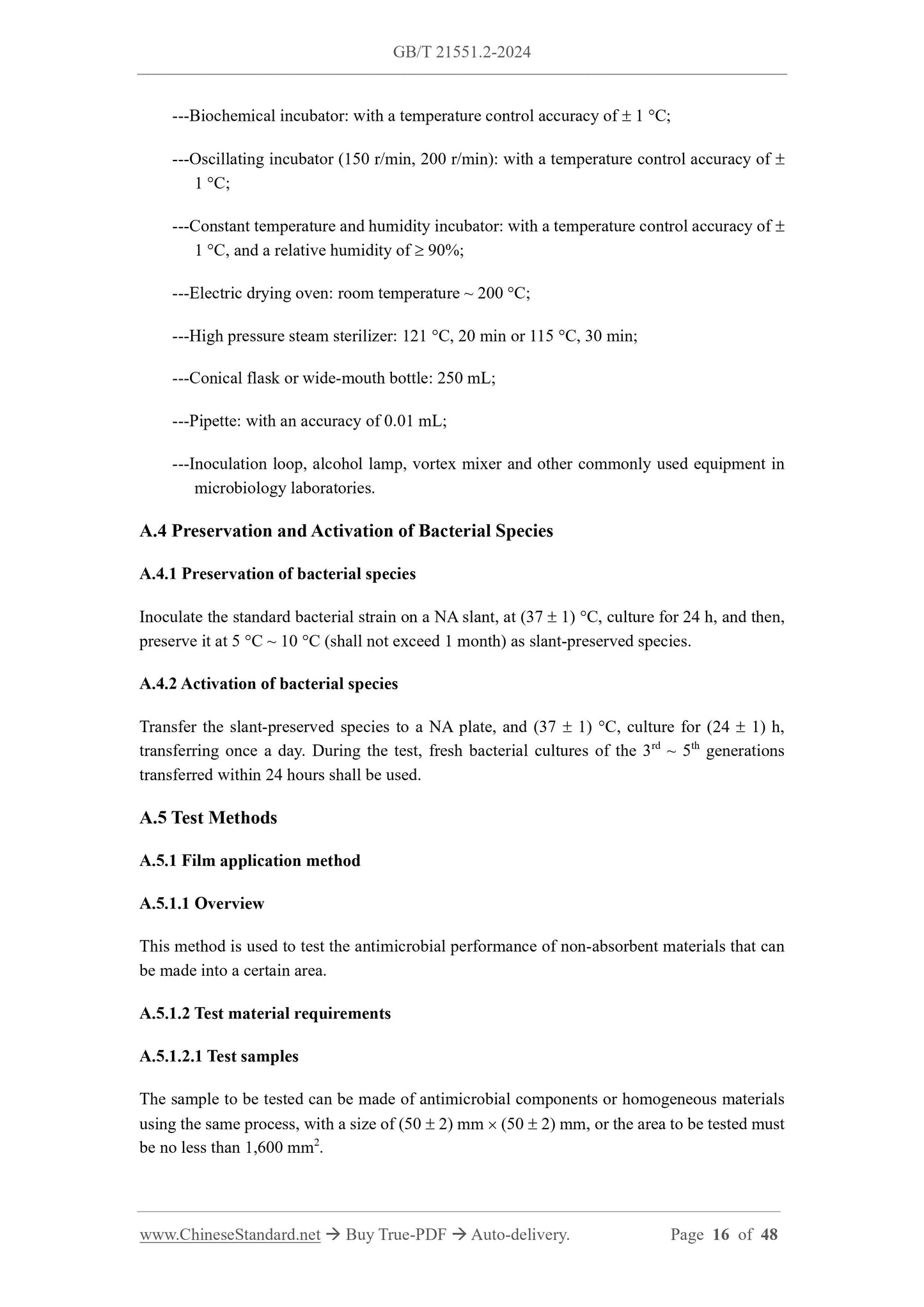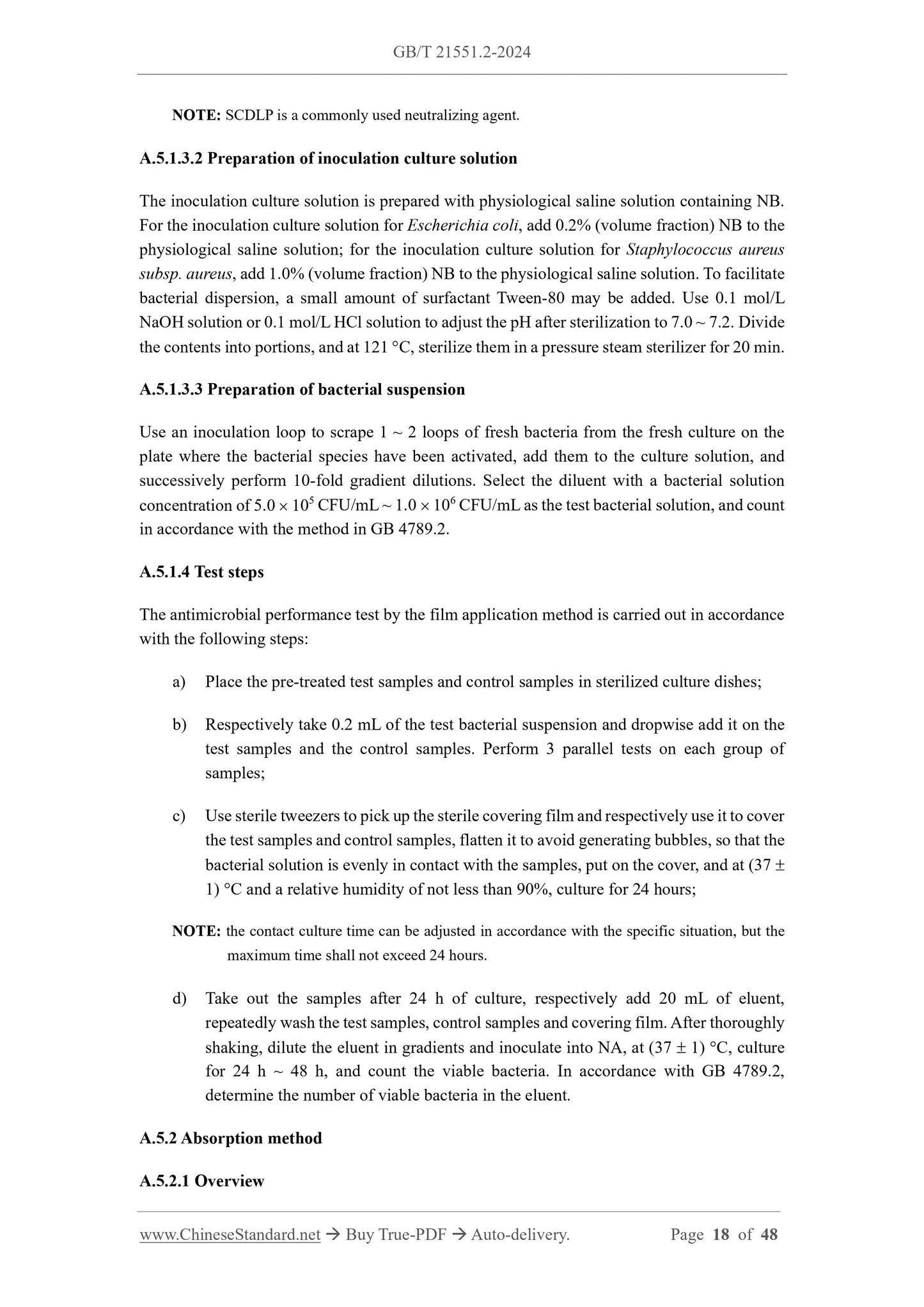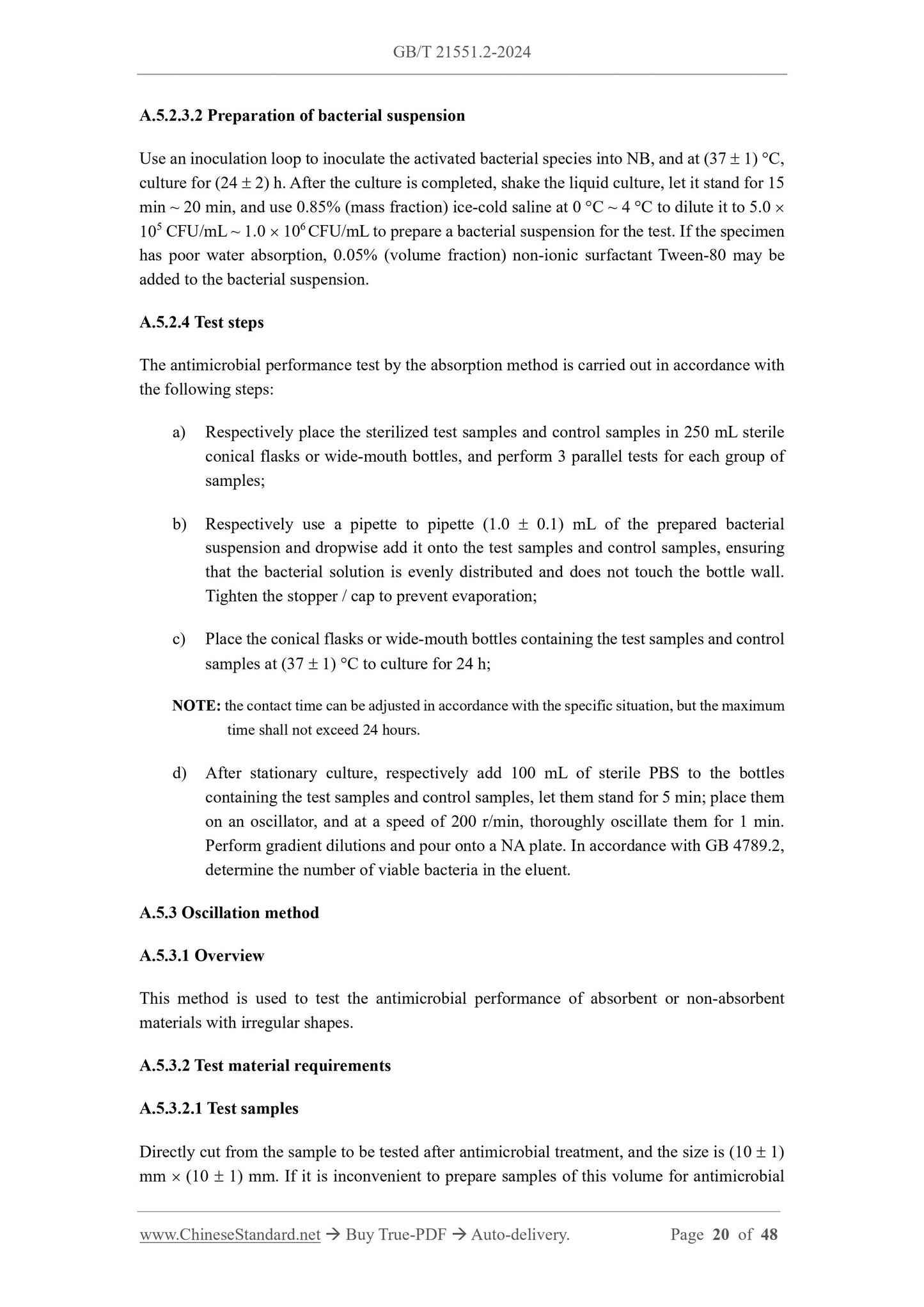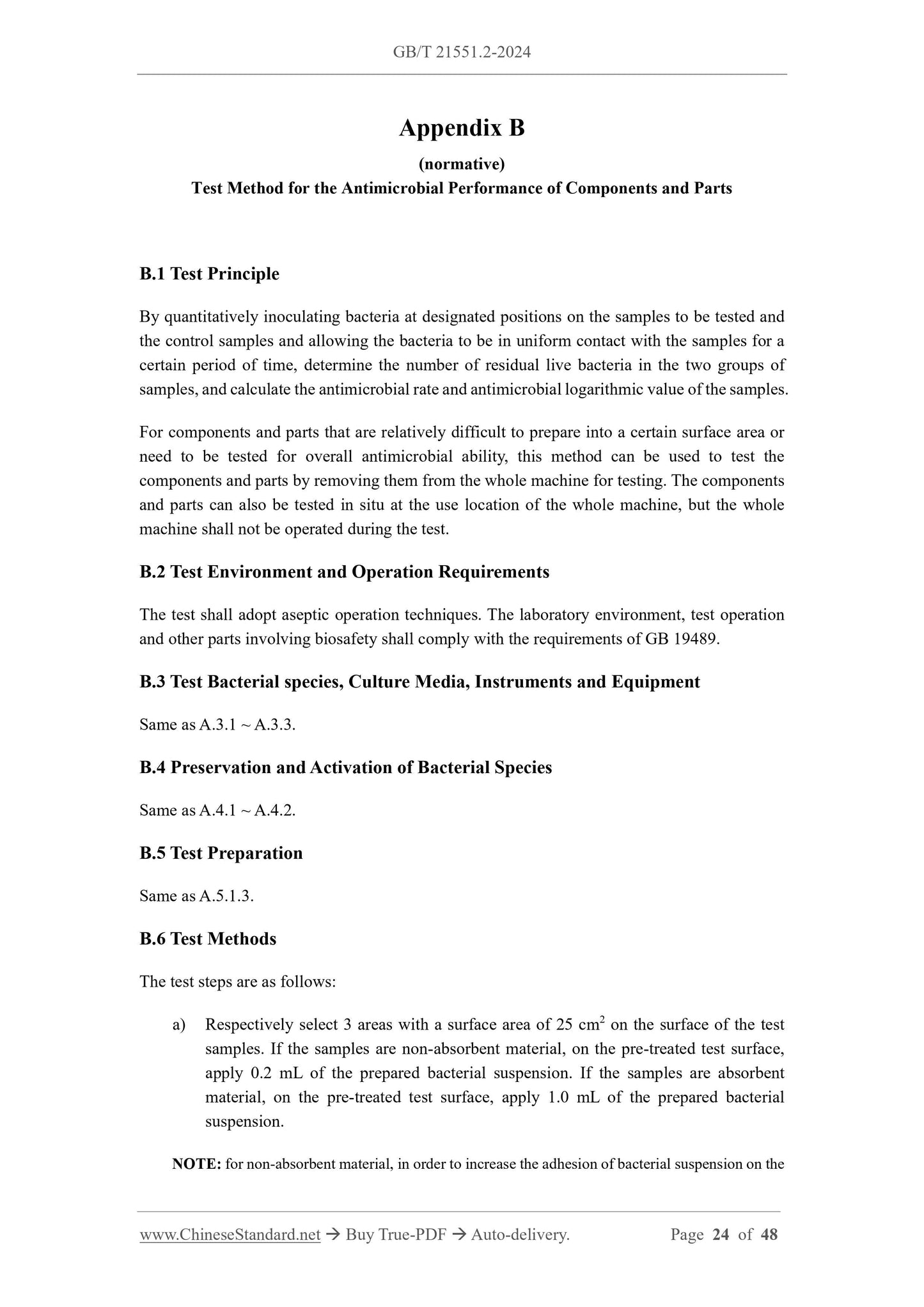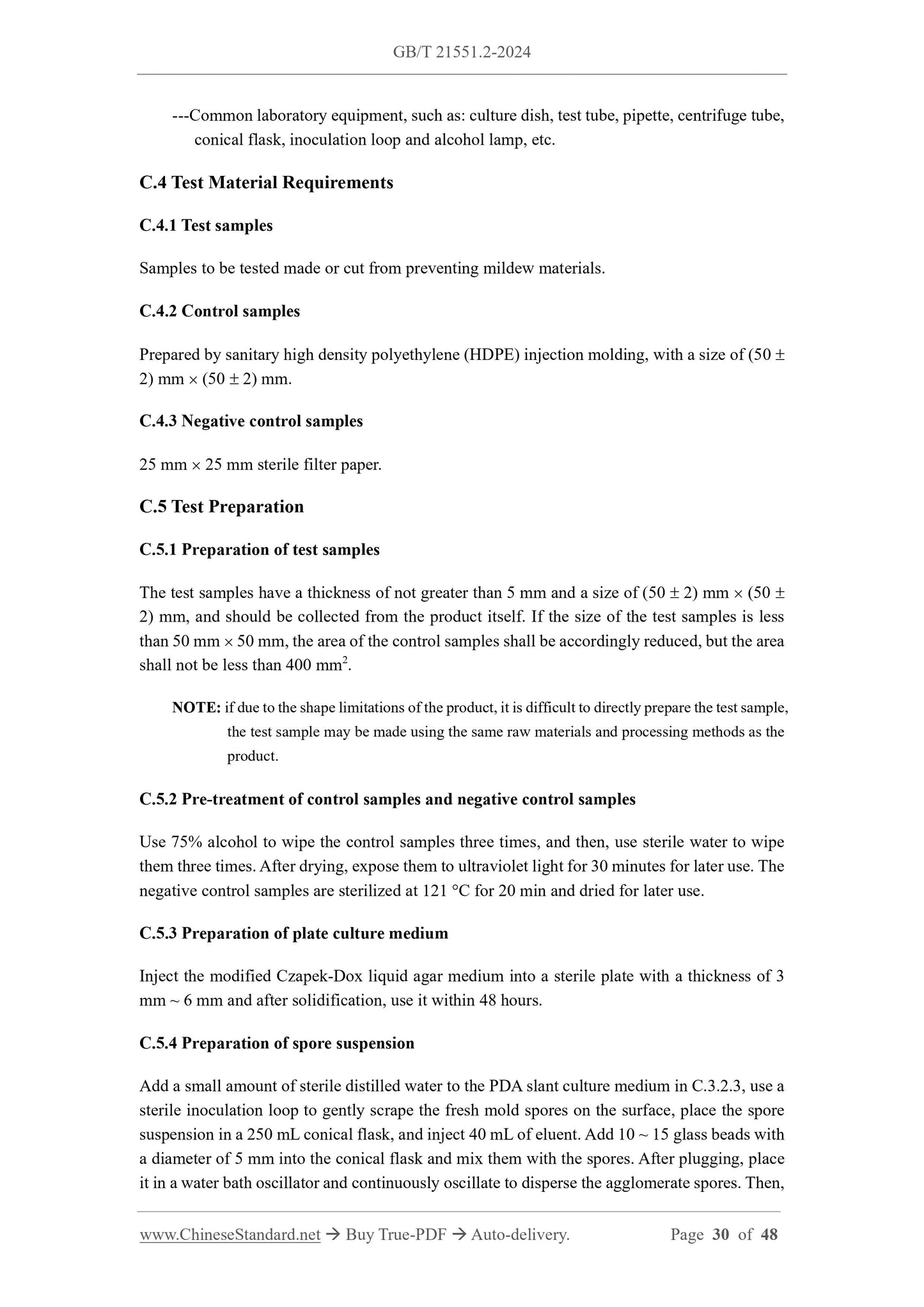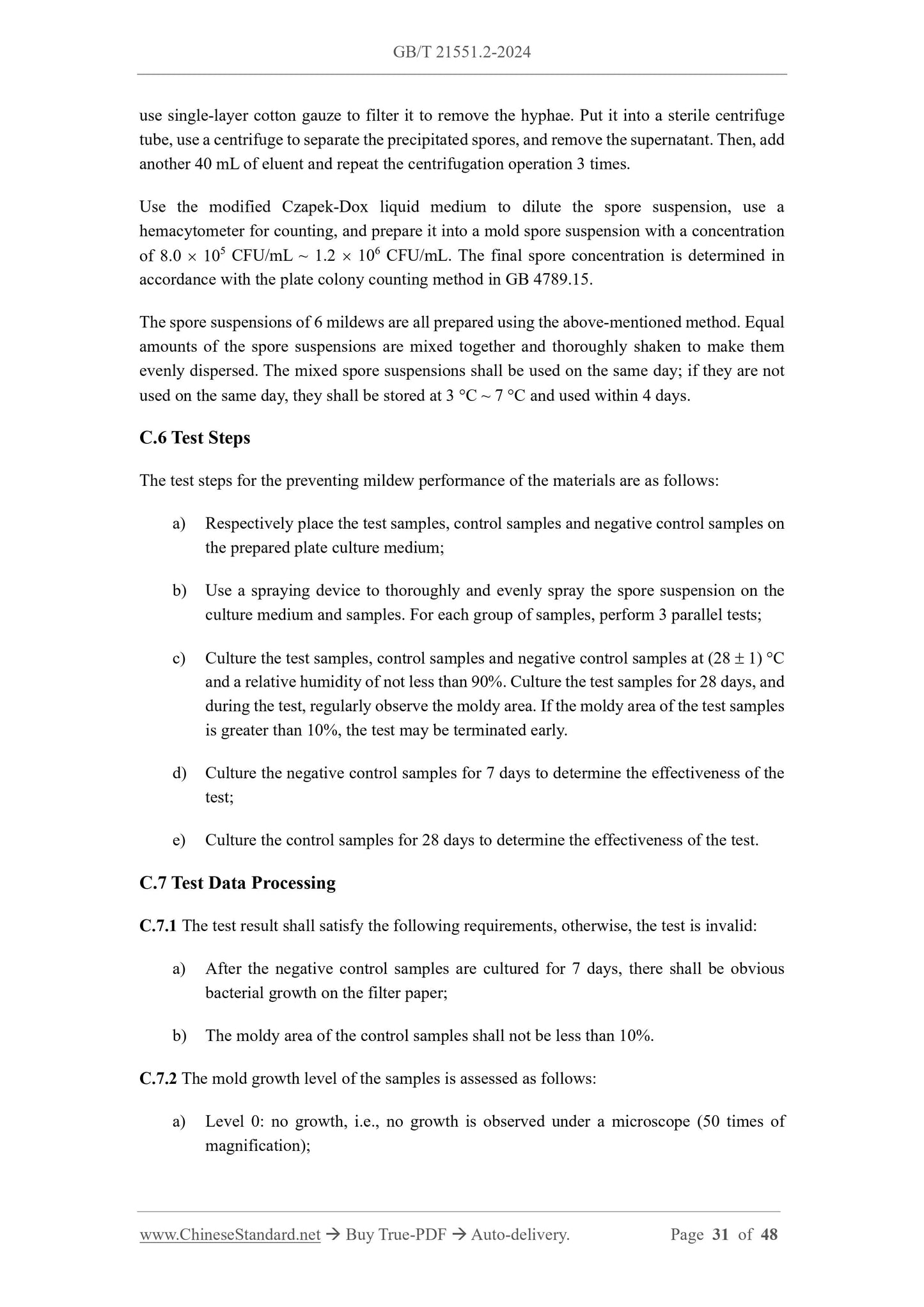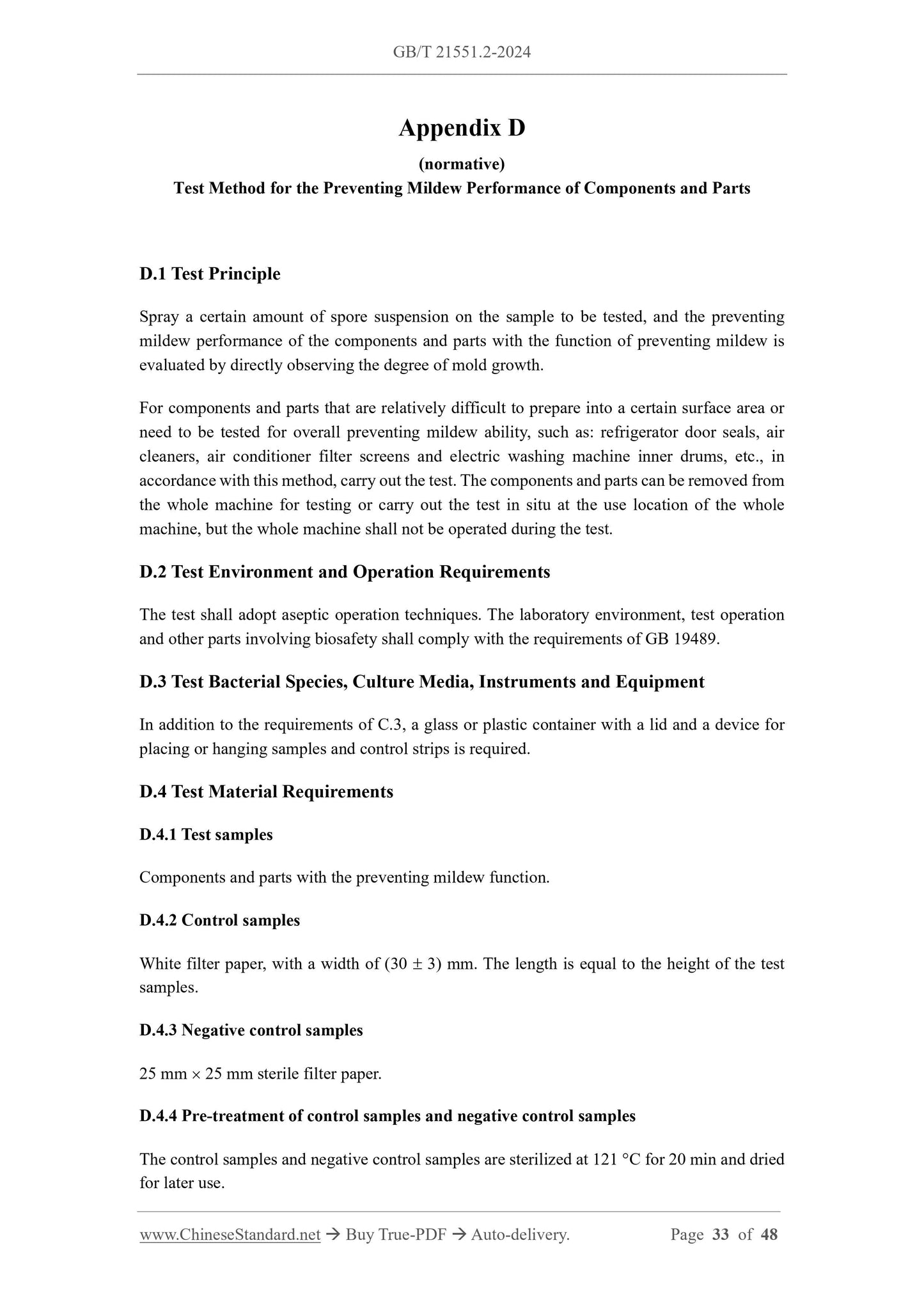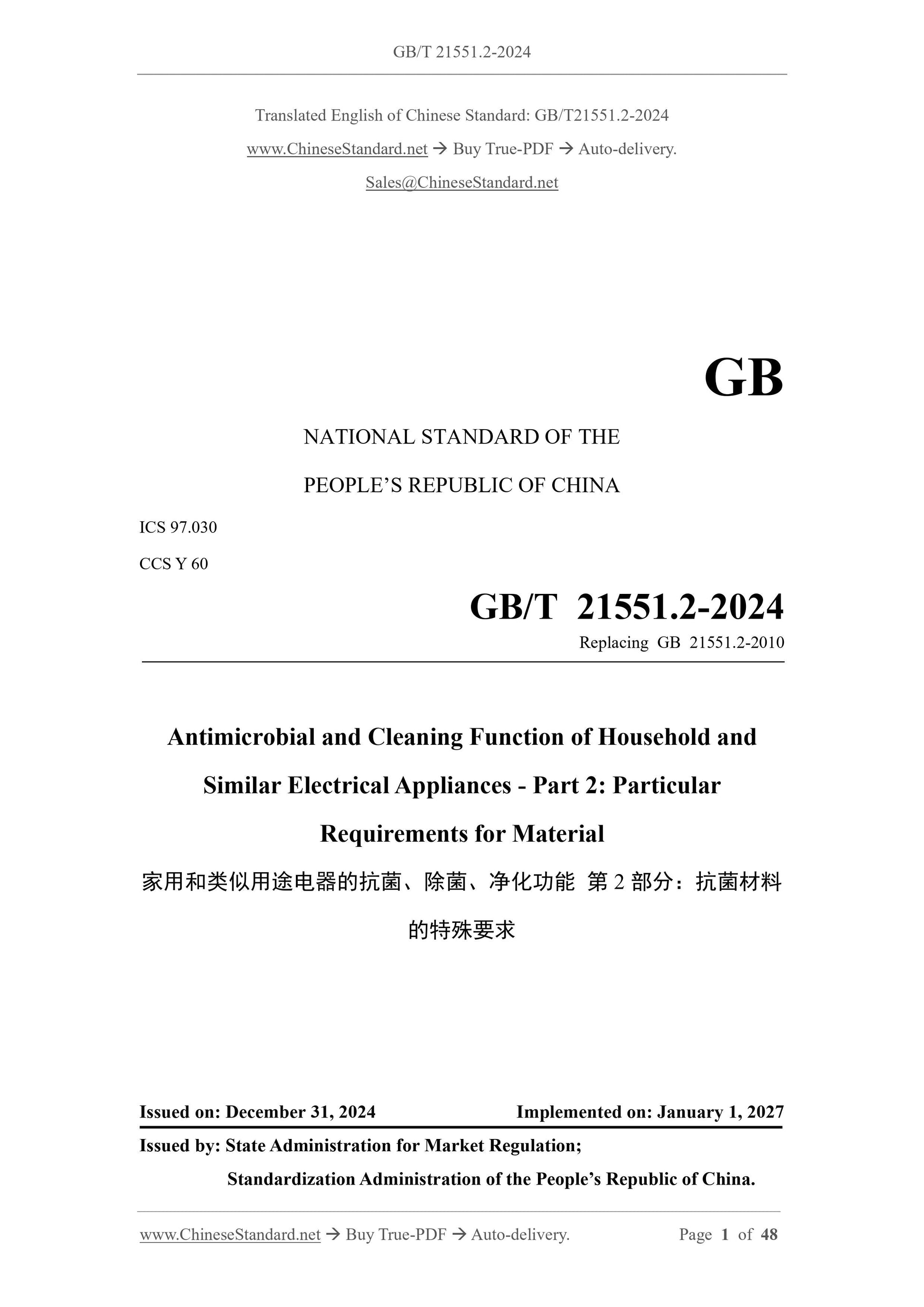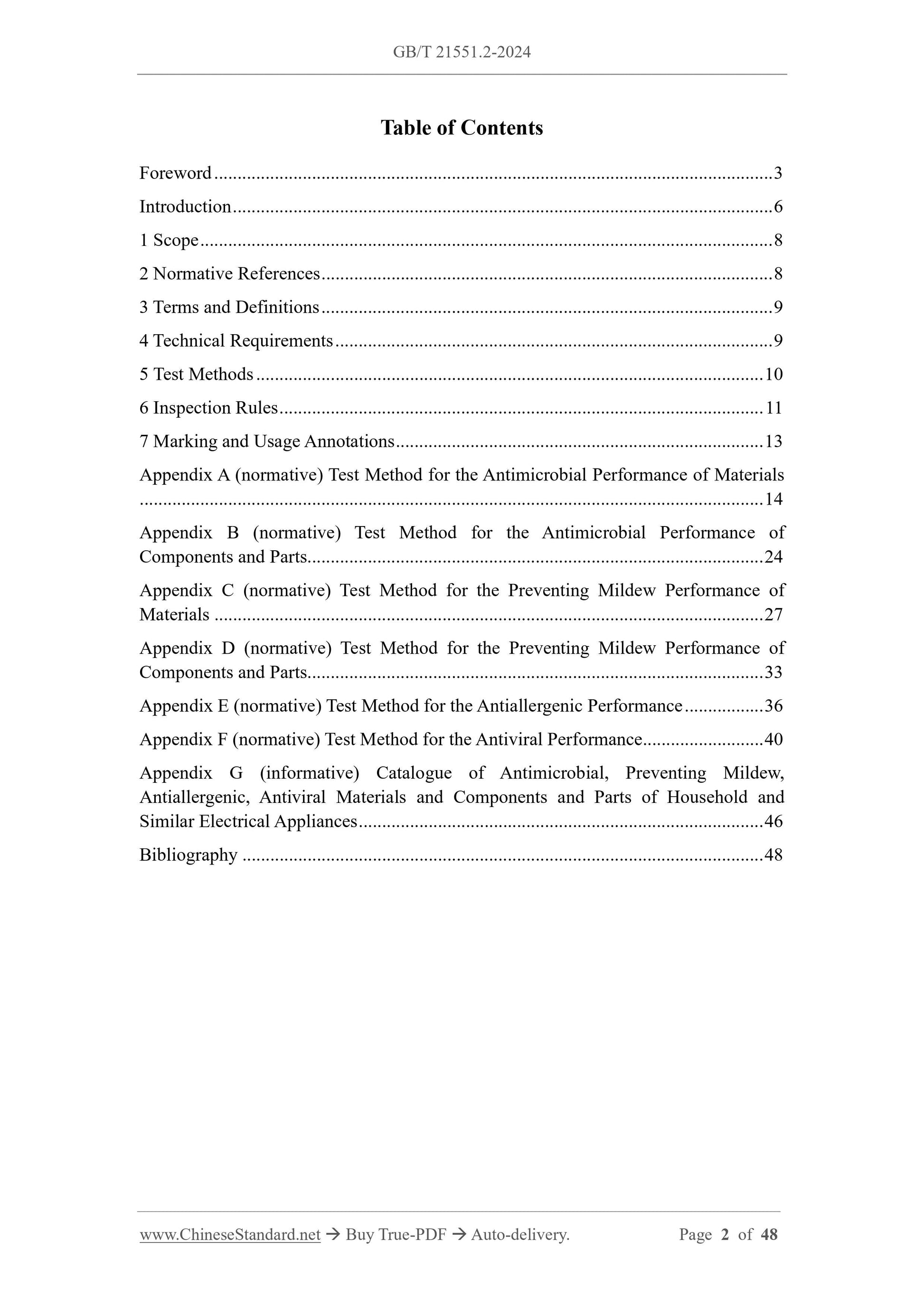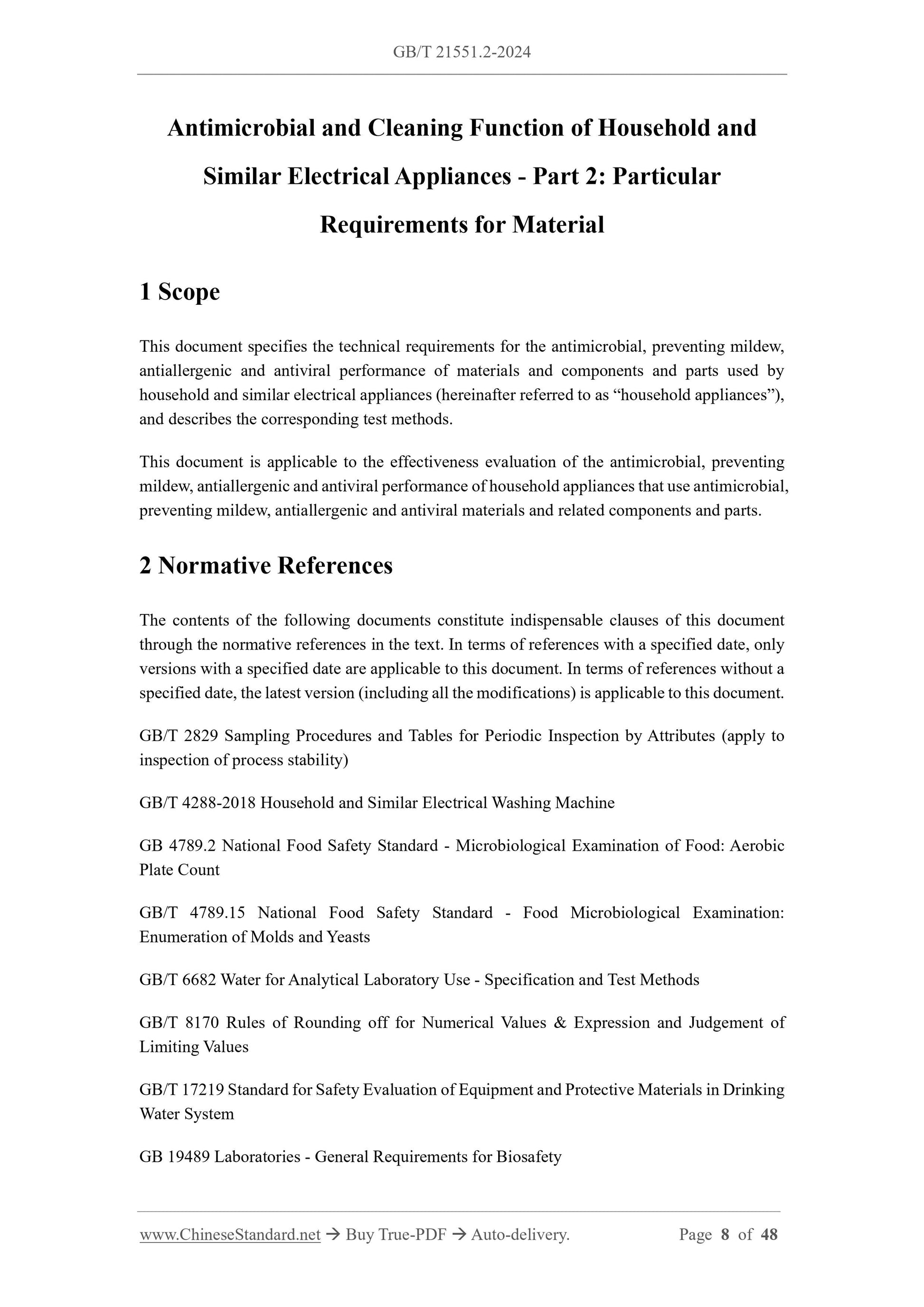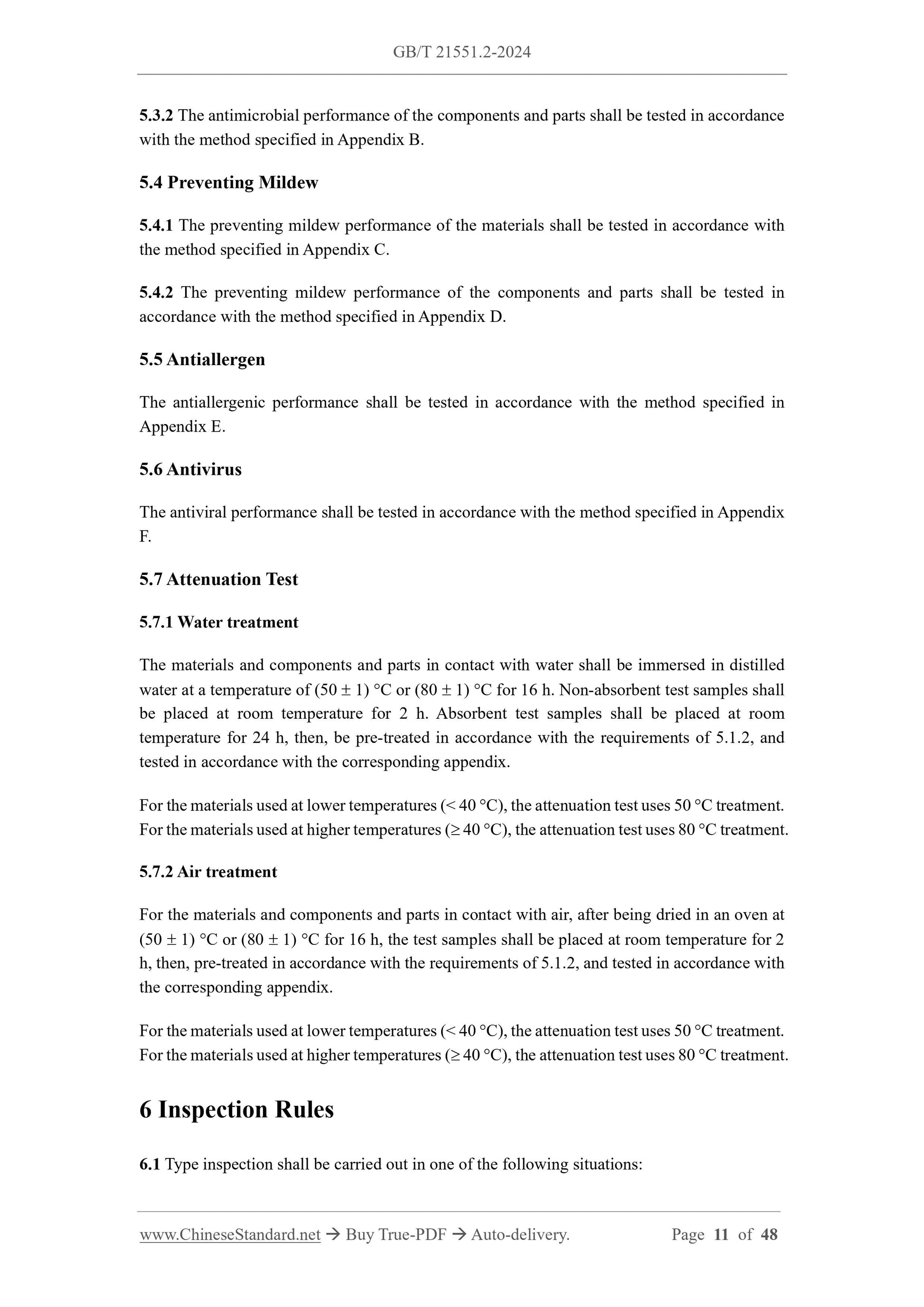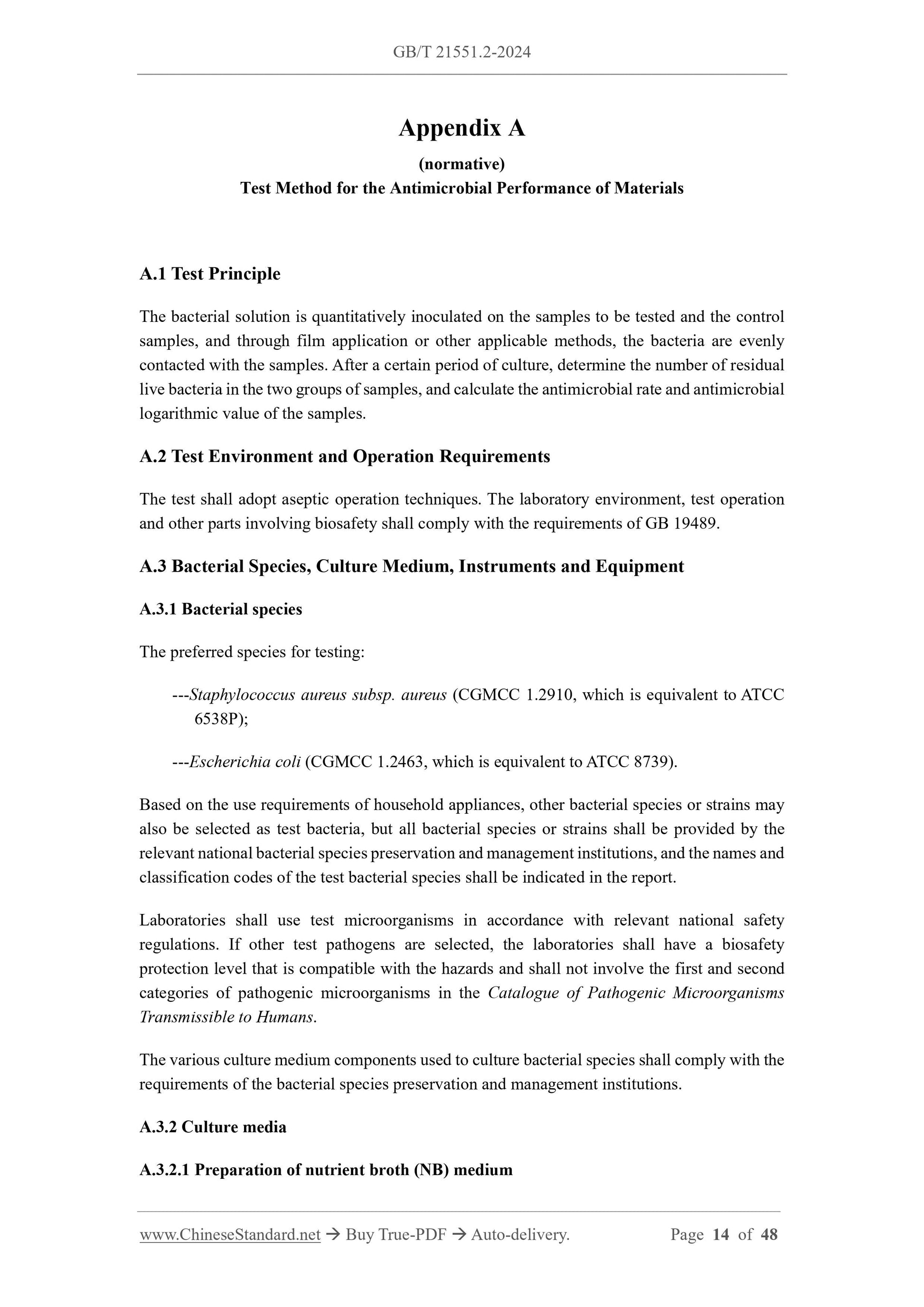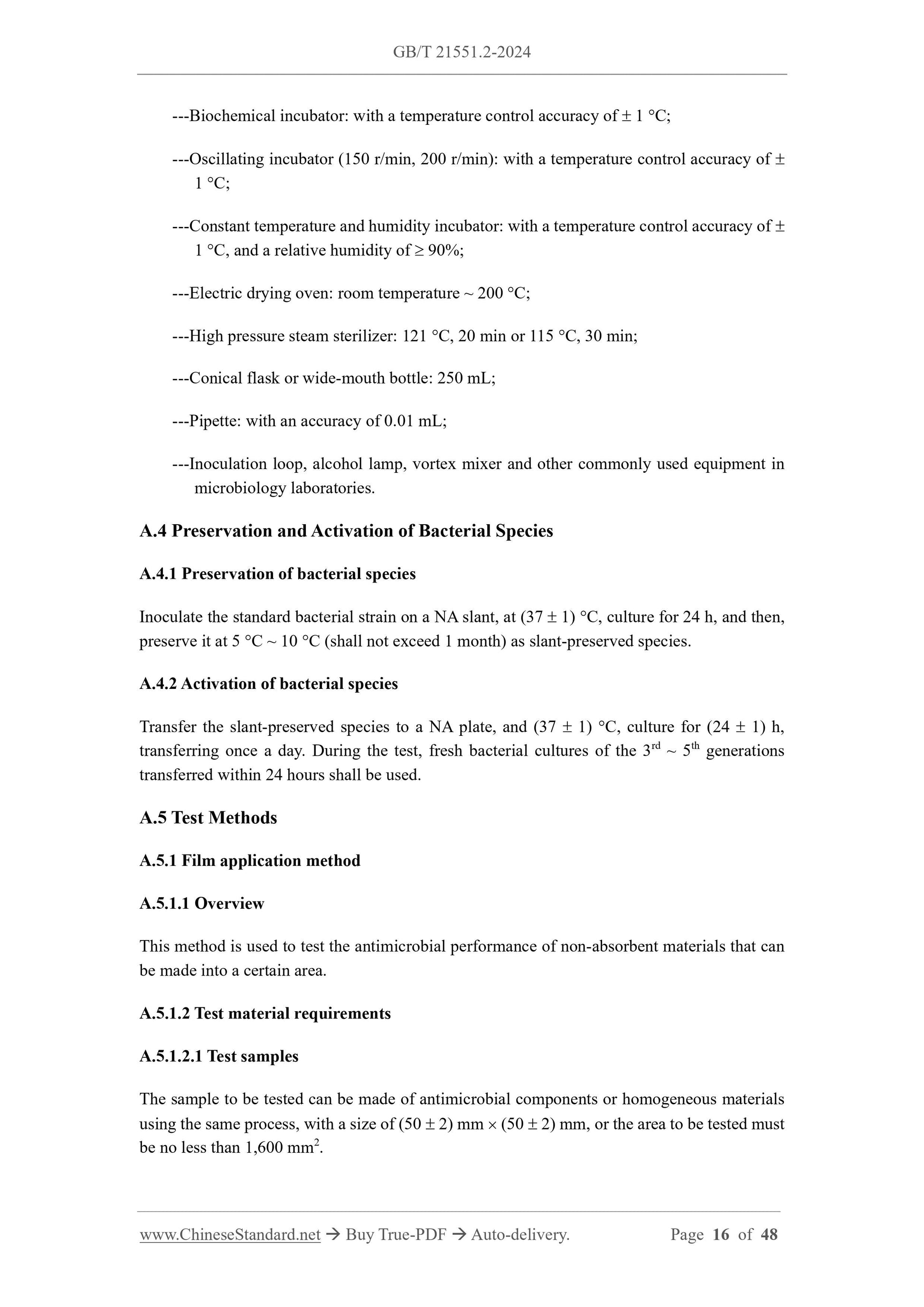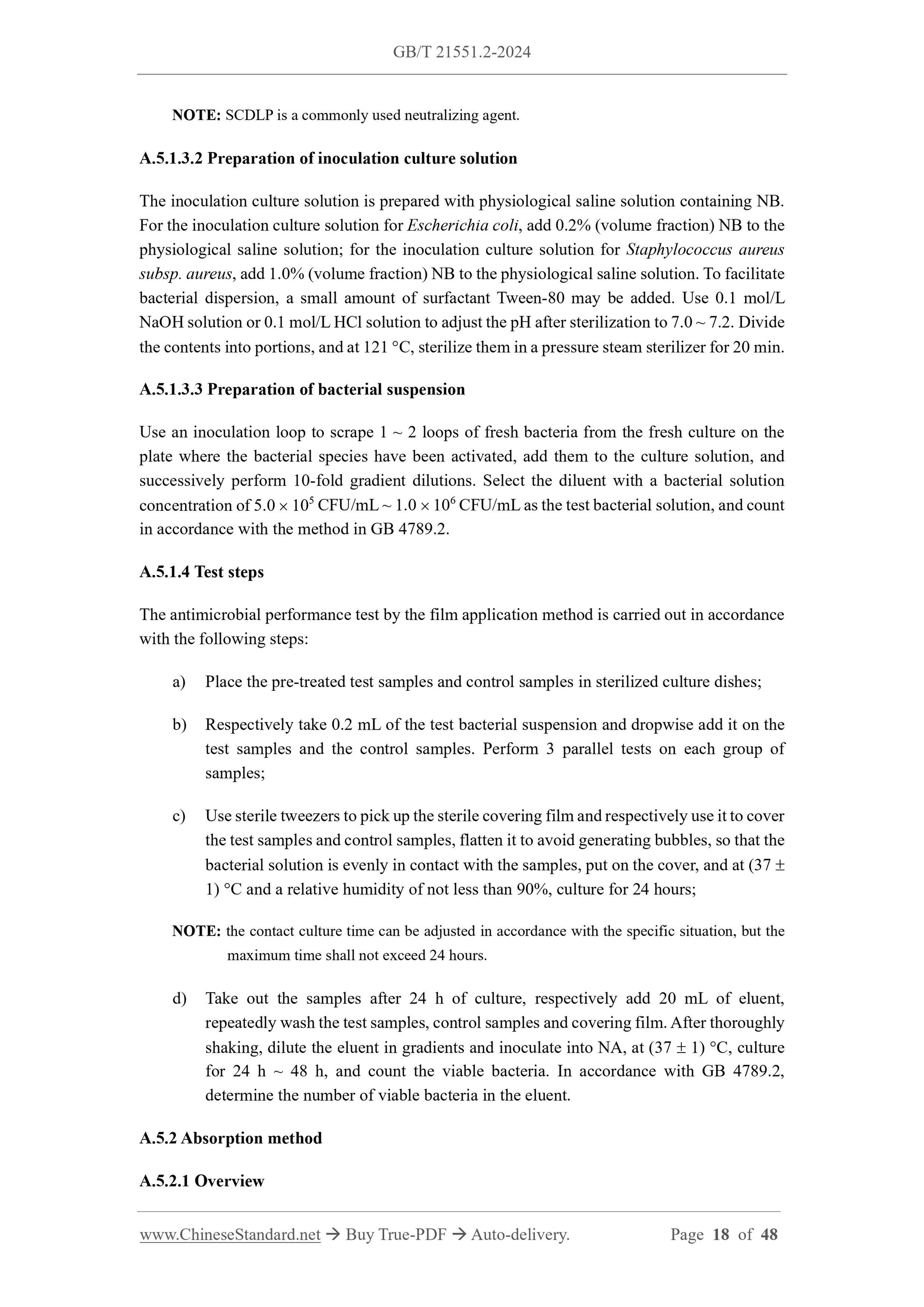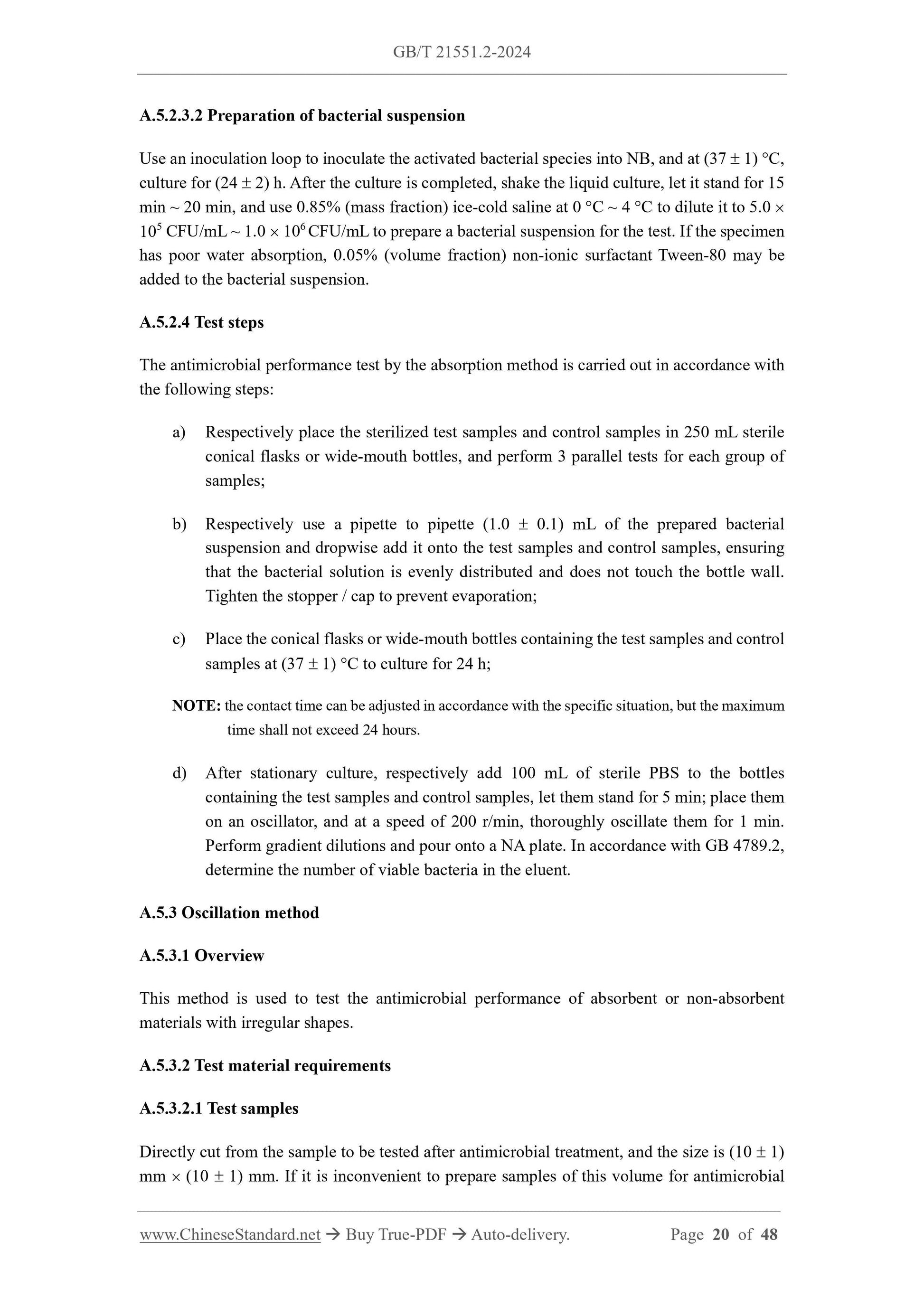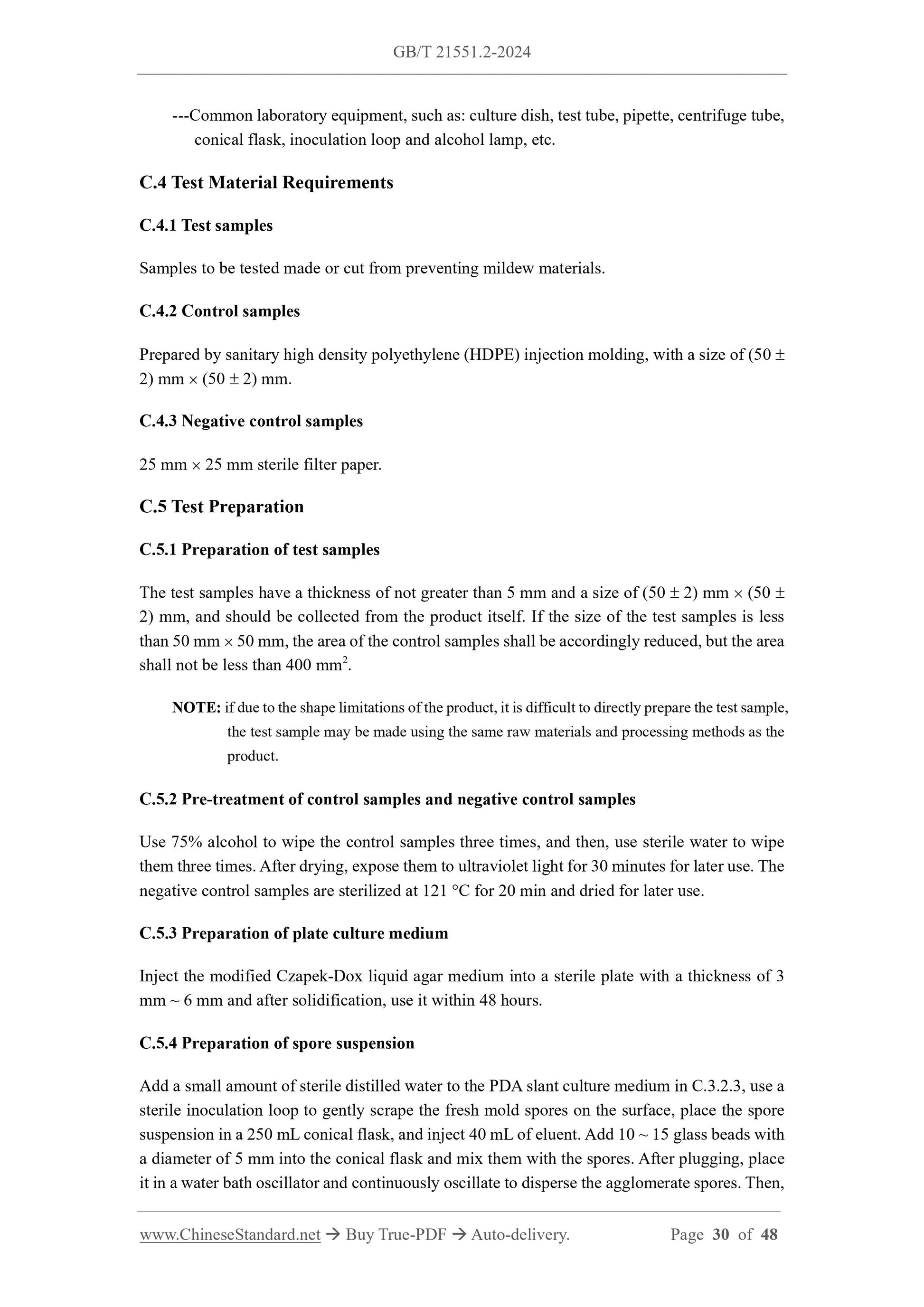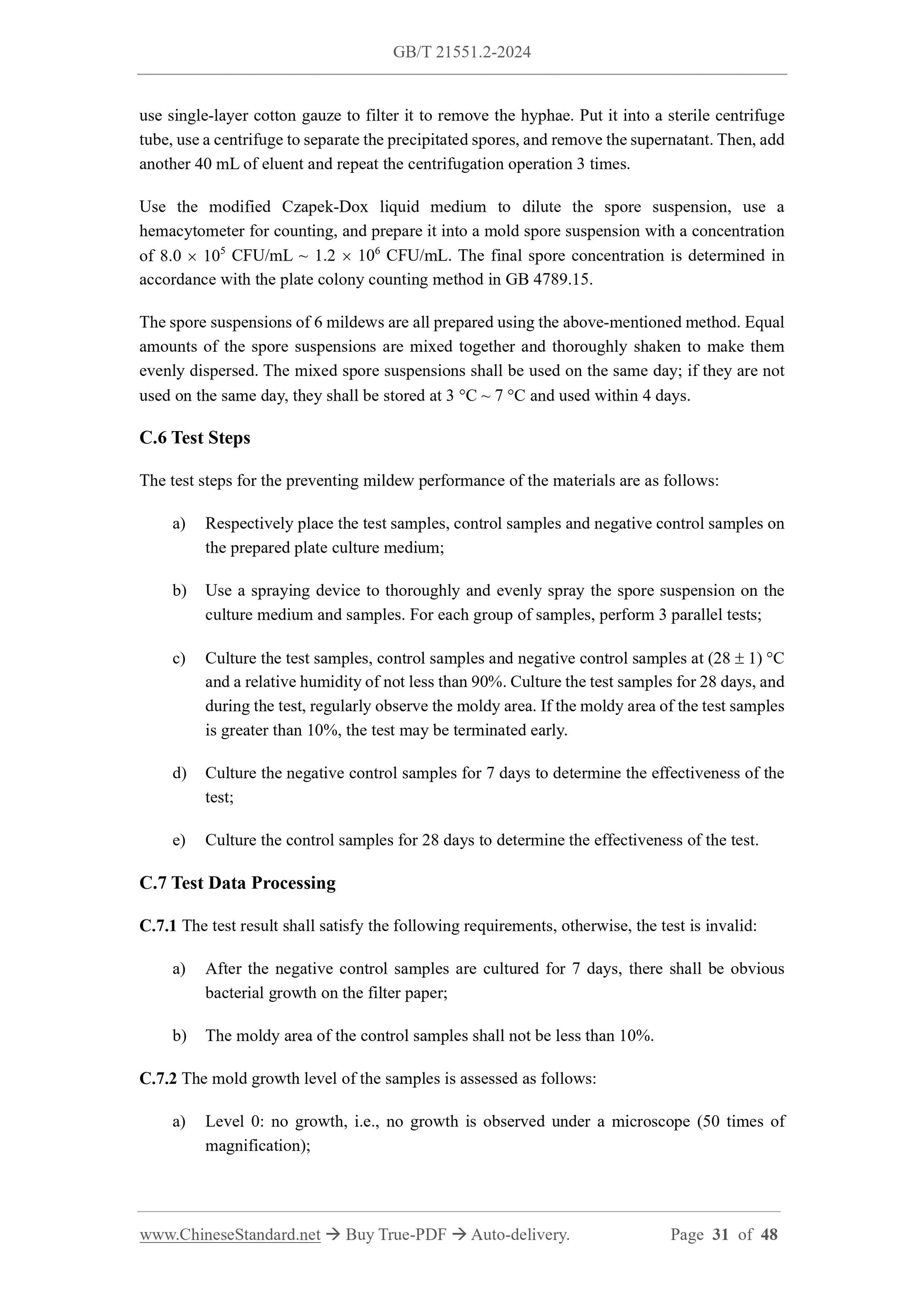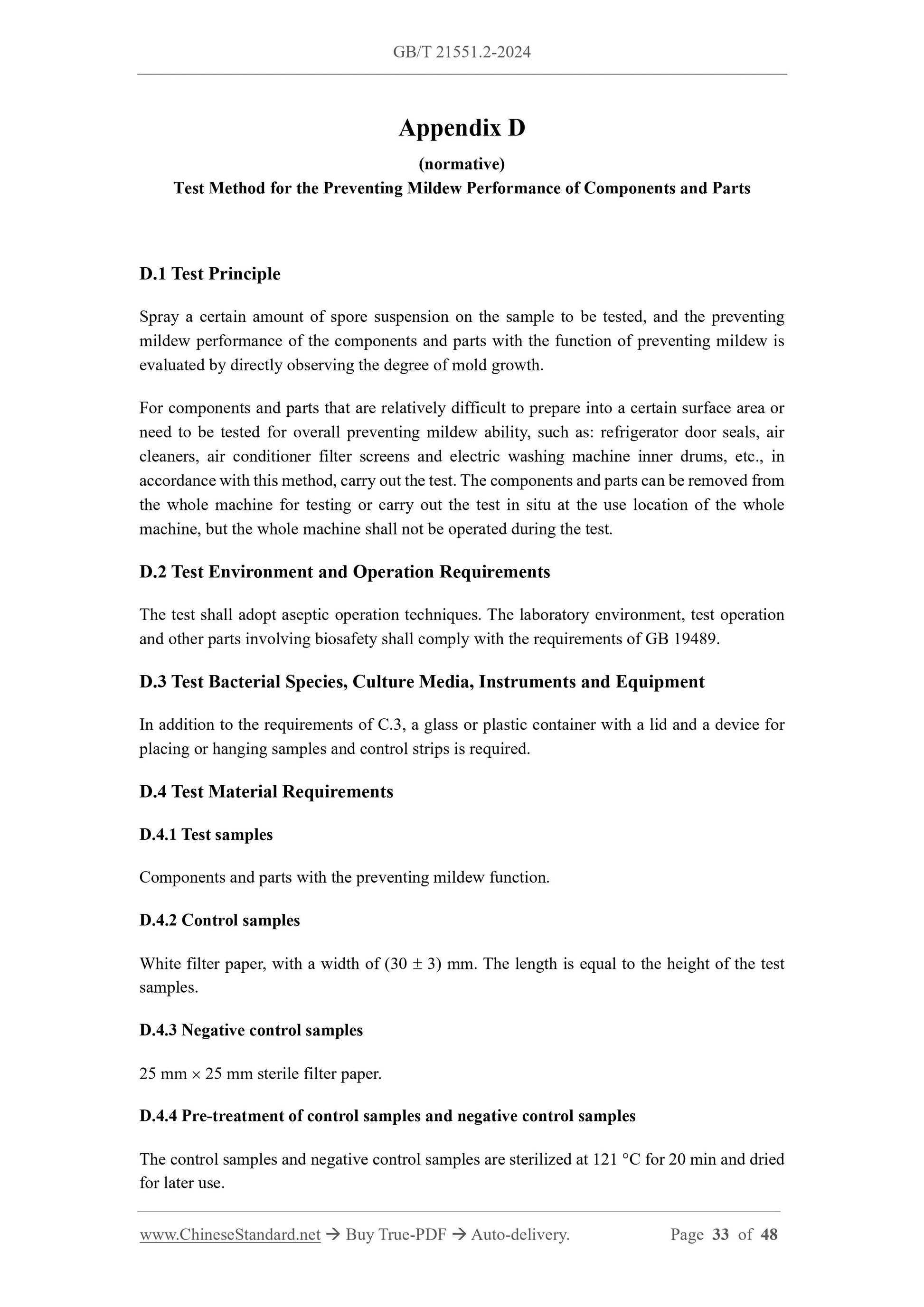1
/
of
12
www.ChineseStandard.us -- Field Test Asia Pte. Ltd.
GB/T 21551.2-2024 English PDF (GB/T21551.2-2024)
GB/T 21551.2-2024 English PDF (GB/T21551.2-2024)
Regular price
$575.00
Regular price
Sale price
$575.00
Unit price
/
per
Shipping calculated at checkout.
Couldn't load pickup availability
GB/T 21551.2-2024: Antimicrobial and cleaning function of household and similar electrical appliances - Part 2: Particular requirements for material
Delivery: 9 seconds. Download (and Email) true-PDF + Invoice.Get Quotation: Click GB/T 21551.2-2024 (Self-service in 1-minute)
Newer / historical versions: GB/T 21551.2-2024
Preview True-PDF
Scope
This document specifies the technical requirements for the antimicrobial, preventing mildew,antiallergenic and antiviral performance of materials and components and parts used by
household and similar electrical appliances (hereinafter referred to as “household appliances”),
and describes the corresponding test methods.
This document is applicable to the effectiveness evaluation of the antimicrobial, preventing
mildew, antiallergenic and antiviral performance of household appliances that use antimicrobial,
preventing mildew, antiallergenic and antiviral materials and related components and parts.
Basic Data
| Standard ID | GB/T 21551.2-2024 (GB/T21551.2-2024) |
| Description (Translated English) | Antimicrobial and cleaning function of household and similar electrical appliances - Part 2: Particular requirements for material |
| Sector / Industry | National Standard (Recommended) |
| Classification of Chinese Standard | Y60 |
| Classification of International Standard | 97.030 |
| Word Count Estimation | 34,333 |
| Date of Issue | 2024-12-31 |
| Date of Implementation | 2027-01-01 |
| Older Standard (superseded by this standard) | GB 21551.2-2010 |
| Issuing agency(ies) | State Administration for Market Regulation, China National Standardization Administration |
Share
